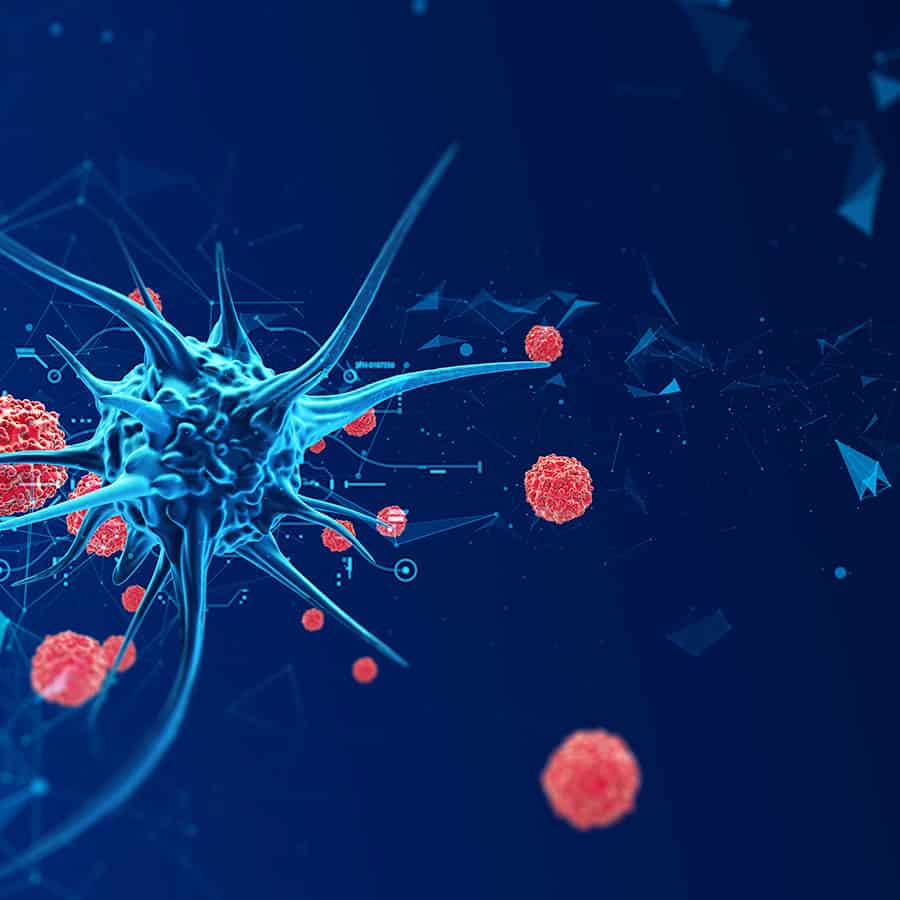With this new column, Elite Healthcare will compile an index of various infectious diseases, with occasional highlights of emerging conditions.
Relapsing Fever
General definition and information:
A condition marked by the recurrence of fever, this bacterial infection can also cause headache, muscle and joint aches, tachycardia, delirium, and vomiting and nausea. Defined as a febrile disease,1 which refers to a rapid onset of fever and related symptoms, this infectious disease is caused by the bites of lice (louse-borne relapsing fever) and ticks (tick-borne relapsing fever). The lice-borne version of the disease is considered to be rare in the United States1 and tends to occur in epidemics, particularly in regions affected by war. Following an incubation period of about 7 days, the fever is typically high (103o F). Symptoms are said to last up to 3-5 days and may be separated by intervals of apparent recovery that commonly can last for 7 days. Diagnosis is confirmed by staining of peripheral blood smears. The case fatality rate is generally low (less than 5%) when there is treatment involved, but may be considerably higher among very young and old patients; those who are pregnant, old, malnourished, or debilitated; and during epidemics. The duration of illness ranges from 1 to 54 days (median = 18 days).1
According to the Centers for Disease Control and Prevention (CDC), patients will present as moderately ill and may be dehydrated. Occasionally, a macular rash or scattered petechiae (tiny, circular, non-raised patches) may be present on the trunk and extremities.2 Less frequently, patients may have jaundice, hepatosplenomegaly, meningismus, and photophobia.2
Causes & Modes of Transmission:
According to the CDC, the condition is most often associated in the western U.S. when someone has been sleeping in mountain cabins that have become infested with rodents and insects. Other instances may also be linked to entering caves. (Developing parts of the world will frequently see this condition prominent in refugee camps.) Most of the tick-borne cases will be diagnosed during the summer months, according to the CDC, because more people are likely to be vacationing. However, winter months will produce cases, and people will be at increased risk during this time of the year when outdoor fires are utilized to warm a cabin and subsequently activating ticks that may have previously been resting within walls and woodwork. Congenital infection has also been reported.
Symptoms are said to correspond to the level of bacteremia and are less severe with each subsequent return.1 In tick-born cases, as many 10 relapses of fever may be experienced, whereas lice-born cases only tend to involve one incidence of relapse.
Onset is noted by sudden chills and an eschar may be present at the tick bite site. An erythematous macular or purpuric (bleeding into the skin or mucosa from small vessels) rash may appear early over the trunk and extremities.1 Conjunctival, subcutaneous, or submucous hemorrhages may also be present, and other symptoms may include ophthalmitis, iridocyclitis, exacerbation of asthma, and erythema multiforme.1 If the condition is allowed to persist, after several weeks’ time the disease could produce jaundice, hepatomegaly, splenomegaly, myocarditis, and heart failure, especially in louse-borne disease.1
Neurologic complications such as meningitis, meningoencephalitis, and radiculomyelitis have been known to occur and are more commonly associated with tick bites. Relapses are said to be related to the cyclic development of the parasites and will occur with a sudden return of fever (and often arthralgia and all the former symptoms and signs).1 Jaundice is more common during relapse.
Treatment Strategies:
Without antibiotic treatment, the recurrence and relief process can be repeated several times. Treatment is expected to involve a tetracycline or erythromycin.1 When transmitted by ticks, tetracycline or erythromycin is given for 5-10 days. A single 500-mg oral dose of either drug is reportedly effective for conditions caused by lice. Doxycycline for 5-10 days has also been proven effective.1
When vomiting is among the symptoms or severe disease precludes oral administration, or when the central nervous system is affected, parenteral ceftriaxone for 10-14 days or doxycycline may be given to adults or children older than 8 years old. Children who are younger than 8 years should be given penicillin G.1
Healthcare providers ate encouraged to begin therapy early during the fever and are cautioned to know that a Jarisch-Herxheimer reaction3 may occur within 2 hours of starting treatment therapy. Severity of the Jarisch-Herxheimer reaction may be lessened by giving acetaminophen before and after the first dose of doxycycline or erythromycin.1 Dehydration and electrolyte imbalance should be corrected with parenteral fluids, and acetaminophen with oxycodone or hydrocodone may be used for severe headache.1 Nausea and vomiting should be treated with prochlorperazine. Specific therapy is indicated for when heart failure occurs.1
Prevention Parameters:
The CDC suggests that clinicians share the following prevention strategies:2
- Avoid rodent-infested environments whenever possible.
- Prevent tick bites through the use of insect repellent containing DEET (on skin or clothing) or permethrin (applied to clothing or equipment).
- When utilizing a cabin for any reason or length of stay, consult a licensed pest-control professional who can safely identify and remove any rodent nests.
- Treat any visible cracks and crevices in walls with pesticide.
- Establish a pest-control plan ongoing to keep rodents away from any cabin owned in a wooden area.
References
- Bush LM, Perez MT. Relapsing fever – (tick, recurrent, or famine fever). Merck Manual Professional Version. 2017. Accessed online: www.merckmanuals.com/professional/infectious-diseases/spirochetes/relapsing-fever
- Tick-borne Relapsing Fever (TBRF). CDC. 2015. Accessed online: www.cdc.gov/relapsing-fever/index.html
- Butler T. The jarisch–herxheimer reaction after antibiotic treatment of spirochetal infections: a review of recent cases and our understanding of pathogenesis. Am J Trop Med Hyg. 2017; 96(1):46–52.





